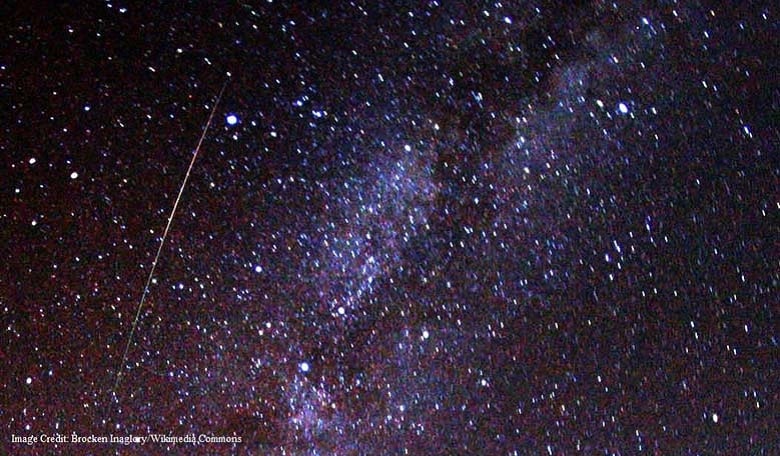This year, the moon, a waning crescent, made for especially favorable watching conditions.
As usual, the meteor display resulted in dazzling photography and social media status updates full of unrestrained awe.
TIME magazine’s online version has a very good gallery of some of the best shots taken on Wednesday night, the most intense night for the Perseids this year.
Sky conditions were especially good in the United States for the ultimate watching experience.
Humanity has always had a tender relationship with so-called “shooting stars.” We invite each other to wish on them, we compose poetry about them, we use them as (occasionally bad) metaphors for the brevity of beauty and life and general.
Meanwhile, the Perseids are actually particles produced by the comet Swift-Tuttle, which has an orbit of 133 years. Humans have probably been observing Swift-Tuttle since at least 69 AD.
The Perseids got their name from the point at which they appear to arrive from, the constellation Perseus.
For all of their beauty, the Perseids are associated with some danger to Earth in the long term future – i.e. a few thousand years from now.
Swift-Tuttle is the biggest object in our solar system that makes repeated, close approaches to Earth. After the year 4479 (assuming humanity is even around for that – though we hope that we will be), its orbit gets increasingly more difficult to predict.











